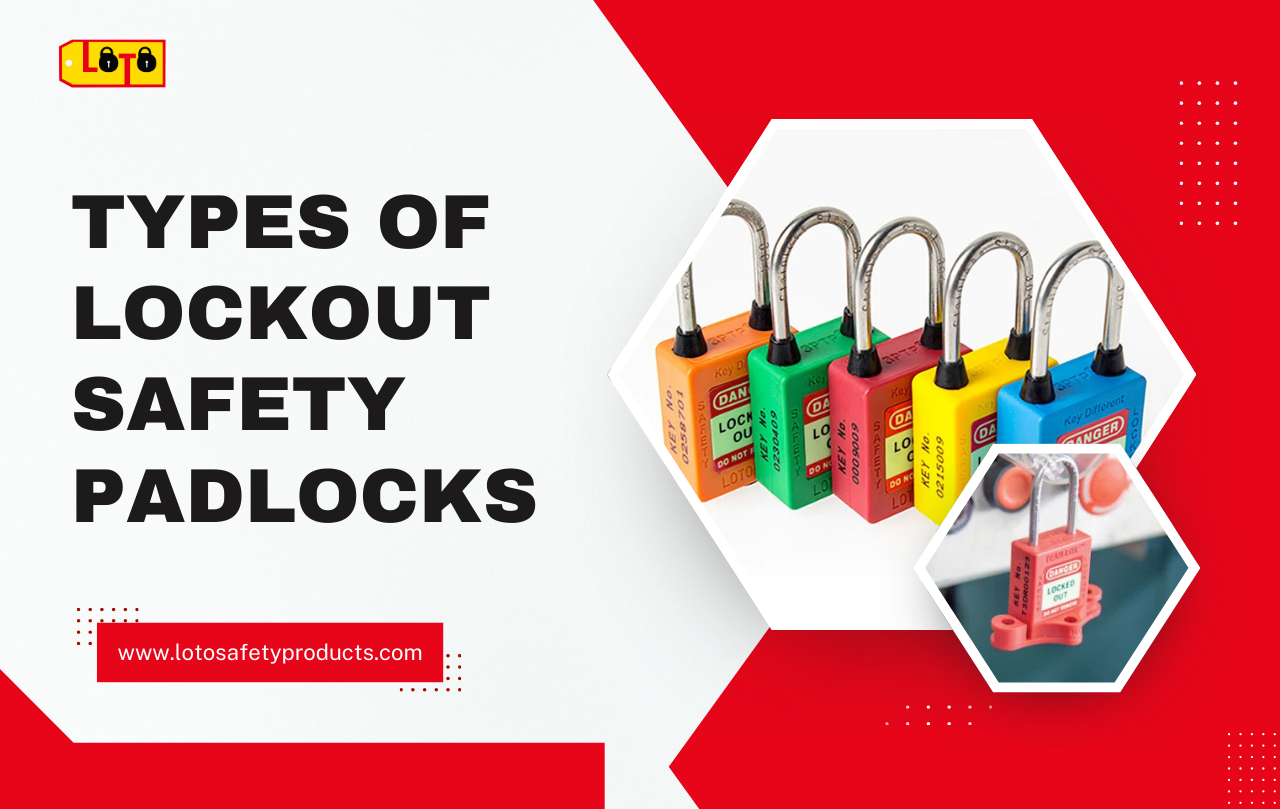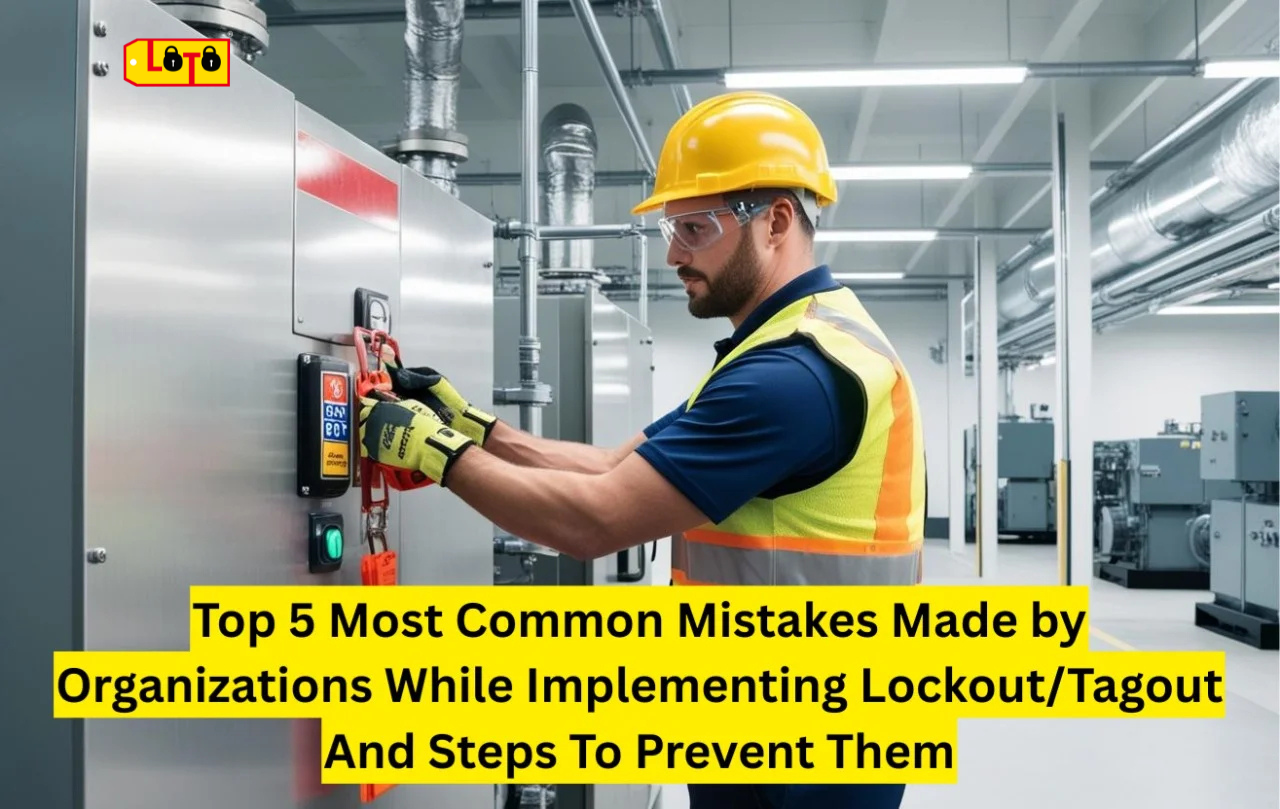
While discussing Industrial Safety, LOTO (Lockout Tagout) is a key topic of conversation and although most literature is centred on Lockout Tagout procedures, it is also imperative to analyse the type of hardware used to implement said LOTO programs.
The Safety Padlock is the core of any LOTO procedure as it not only a physical tool to immobilize an energy source, it is also a channel to communicate intent and ownership over the isolation point.
After selling Safety Lockout Padlocks for the last decade, I have witnessed a variety of hacks used on sites to avoid using actual LOTO padlocks. Luggage locks are the most common knock offs that are used as a substitute for Safety Lockout locks. While maybe being cost effective, luggage locks lack several features which can expose the user to risks at a later stage. Lack of Key systems and Key charting, reduce key traceability and lack of colour coding padlocks can weaken even a robust LOTO program.
With the increasing awareness and compliance requirements in Lockout Tagout, instances like the above are on the decline. To raise this awareness further, let’s explore in this guide the Different types of padlocks that can be employed in a Lockout Procedure based on features, applications and industry:
Different Types of Lockout Tagout Padlocks
Premium Plastic/ Nylon Body Padlocks
Premium plastic safety padlocks are the most common and versatile padlock used in Lockout Tagout applications. The Nylon/ ABS body makes it functional for indoor/ outdoor and electrical/ mechanical isolations. For electrical lockouts, it is advisable to use a dielectric plastic shackle to reduce risks of shock or arc flash through exposed metal.
- Applications: MCBs, MCCBs, DBs, MDBs, SMDBs, Isolator handles, Ball Valves, Gate Valves, Butterfly Valves
- Industry: Oil and Gas, Utilities, Metals, Mining, Manufacturing, Packaging, Marine
Aluminium Padlocks
Based on your geographic location, the Aluminium padlock might be the preferred padlock for LOTO. This strong and light-weight padlock is ideal for harsh or high temperature environments where plastic fails. Its anti-corrosive properties make it ideal for industries which are subject to heavy and regular wash downs
- Applications: Outdoor Isolations, High temperature valves (Steam valves), Boiler Room and Other mechanical lockout points like Ball Valves, Gate Valves and Butterfly valves.
- Industry: Oil and Gas – Onshore and Offshore, Utilities, Food, Pharmaceuticals
Economy/ Contractor Padlocks
As the name suggests, these plastic padlocks are the budget friendly option which offer an equivalent level of protection at an economical price point. They are not as feature packed as most Lockout padlocks but are ideal for temporary use by contractors during shutdowns and turnarounds on plants.
- Applications: Electrical and Mechanical lockouts during testing and commissioning on constructions sites, shutdowns and turnarounds on plants, other temporary usage by contractors
- Industry: EPCs, Construction companies, Contracting companies, Electromechanical contractors, MEP Contractors
Mini Padlocks
The miniature plastic padlocks are handy for tight spaces where regular Safety Lockout Padlocks cannot reach. Housing a 34mm padlock body and 29mm shackle height with 4mm diameter, this padlock becomes the ideal solution for electrical isolations on multiple breakers where users are reluctant to use regular sized padlocks.
- Applications: Direct Isolations on MCBs, MCCBs, ELCBs, MPCBs, TMCBs
- Industries: Construction, Manufacturing, Food and Pharma, Oil and Gas, Utilities, Metals and so on.
Steel Laminated Padlocks
The Steel Padlock was the popular option in the early days due to its strength and resistance to degradation in extreme environments. As the technology in plastic improved, the steel padlock was moved to the background. While still effective and used by many industries, the steel laminated padlock now serves limited purpose.
- Applications: Mechanical Isolations in heavy duty industries and outdoor Lockouts
- Industries: Mechanical workshops, Metals, Mining and Construction
Cable Lockout Padlocks
As described in its name, the Cable Padlock was created by replacing the shackle of the padlock with a cable (steel or vinyl coated). Allowing for higher manoeuvrability, this padlock is highly useful to isolate in awkward positions. The cable padlock can also be used to isolate multiple lockout points which are adjacent (Example: circuit breakers) or directly isolate valves without using a cable lockout.
- Application: Locking MCBs, MCCBs, Isolator handles, Gate valves, Ball valves and Butterfly valves
- Industry: Oil and Gas, Utilities, Marine, Construction, Mining, and many more
Dielectric Padlocks
This padlock is quite new to the Lockout Safety Padlock family as it serves very limited and unique applications. Made fully from plastic (Cylinder and keys included), this padlock is great for environments which are averse to metals.
- Applications: High-voltage areas, High-security areas where no metals are allowed, switchyards, substations, etc.
- Industry: Utilities, Data centres, Pharma, Airports
Closing Thoughts
While every padlock has its features and applications, it is always critical to understand which one is best suited for your purpose. Whether you are locking a 440V DB on an offshore Rig or a steam valve in the Boiler Room of a hotel, it is important to identify the right padlock for your environment to ensure proper compliance and smooth operation.
Besides the type of padlock, it is also important to understand the types of Key Systems (KD – Key Different, KD+MK – Key Different + Master Key, KA – Keyed Alike, KA+MK – Keyed Alike + Master Key and GMK – Grand Master Key) you can use and their pros and cons; more on this in a future blog.
Always remember, the right Lockout procedure starts with the right Safety Padlock!
🔧 Serving the Oil & Gas, Utilities, Power, and Process Industries
📩Contact us at info@lotosafetyproducts.com to learn more about implementing a complete, customized LOTO system with a full range ofsafety lockout padlocks.
* The author of this blog is Zulfikar– Director at LOTO Safety, Dubai.
This blog is written to educate interested parties on Lockout Tagout products.

